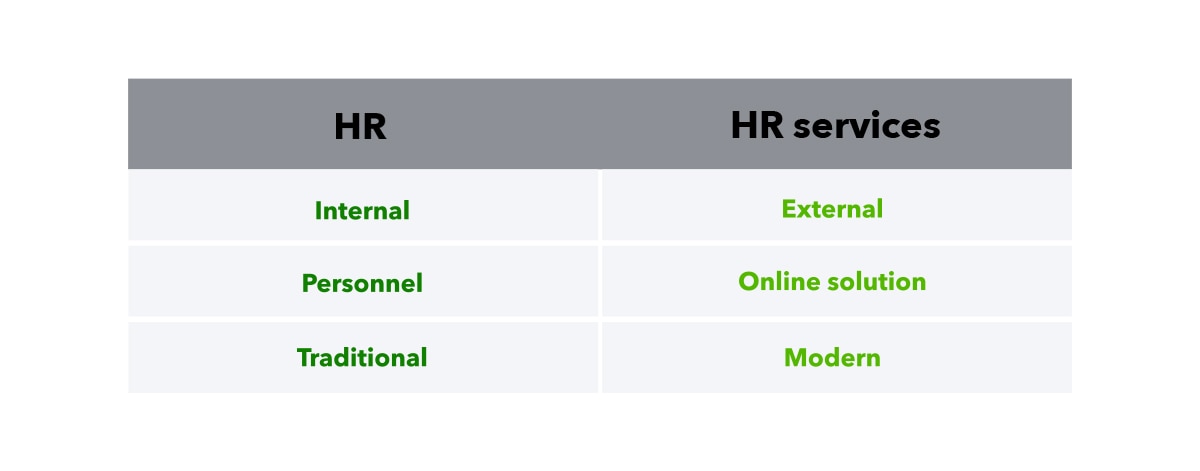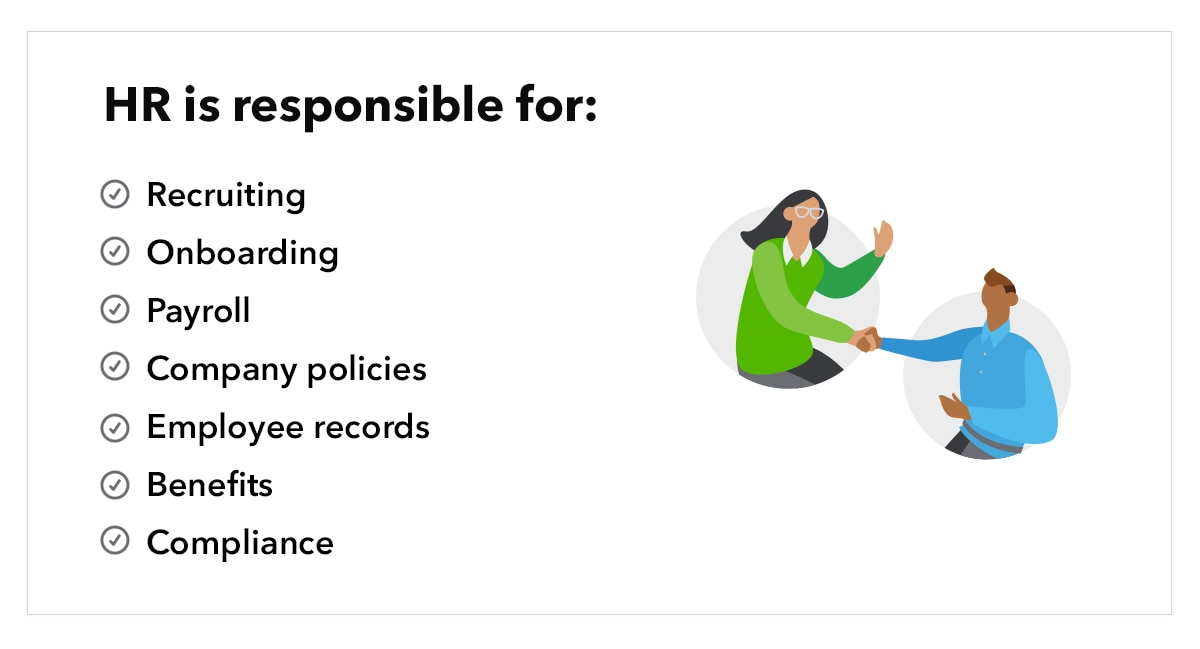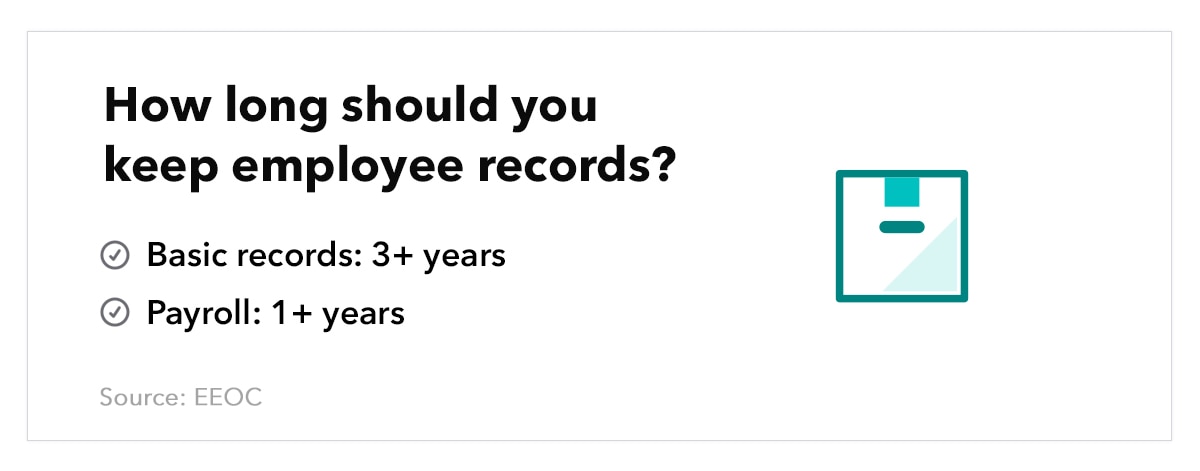HR is responsible for a broad range of tasks. These responsibilities encompass various aspects of supporting employees and their success, performance, and satisfaction at the company. Some of the primary responsibilities of HR include:
- Recruiting and hiring employees
- Employee onboarding
- Processing payroll
- Enforcing personnel policies
- Creating and updating policies
- Maintaining employee records
- Developing and implementing employee benefits
Let’s dive a little deeper into each of these responsibilities so you can get a better sense of the function HR serves.
Recruiting and hiring employees
HR is responsible for talent management, meaning that they help you find (and keep) high-quality candidates for your company. This includes:
- Helping refine job descriptions and duties
- Creating and managing job listings
- Screening applicants
- Setting up interviews
- Facilitating job offers
- Gaining approval for and running background checks
- Providing hiring documentation
While this might seem fairly straightforward, there’s a lot of time and effort that goes into managing the recruiting and hiring process.
Onboarding employees
HR typically handles employee onboarding, which can include the following tasks:
- Planning an onboarding schedule
- Preparing onboarding materials
- Collecting necessary documentation from new employees
- Setting up an employee file
- Welcoming new employees
- Establishing training programs
Enforcing personnel policies
An HR professional should have a solid understanding of appropriate policies and how to implement them without crossing boundaries. To enforce personnel policies, HR may need to:
- Research the latest legislation pertaining to each specific policy
- Set guidelines for enforcing policies
- Handle dispute resolution
- Determine how and when to implement disciplinary actions
- Follow the correct steps for termination of an employee
Processing payroll
HR is responsible for ensuring employees get paid on time and in full. Conducting payroll generally entails:
- Processing payroll
- Distributing paycheques or facilitating direct deposit
- Handling payroll disputes
- Managing retroactive payments
- Documenting pay raises
- Updating employee pay so payroll is processed correctly
Creating and updating policies
HR also typically handles establishing personnel policies. This is because putting policies in place and enforcing them can get complicated quickly due to strict, ever-changing laws that pertain to personnel. This can include setting:
- Sexual harassment policies
- Nondiscrimination policies
- Meal and break policies
- PTO policies
- Employee conduct policies
- Dress code requirements
- Pay policies
- Attendance requirements
It might seem easy enough to create policies for your business—after all, if you’ve built your business from the ground up, you already have. However, there are many factors, such as fairness, legal precedents, and standardization, to consider when developing new policies. That’s where HR-specific knowledge comes in handy.
Maintaining employee records
Companies should have comprehensive employee records for every individual who works or has worked (within the past three years) for the company. HR tasks related to employee records include:
- Creating an employee file
- Updating the file as needed with new documentation
- Having employees sign necessary documents
- Recording pay raises
- Keeping track of any disciplinary actions
- Adding employee performance documentation after each review
Developing and implementing employee benefits
Benefits are a major factor in job offer acceptance or rejection. Since HR is responsible for recruiting, it only makes sense they’d be involved in establishing the benefits package—with your input and final approval, of course. Responsibilities related to employee benefits administration may include:
- Ensuring employees are given the required amount of leave required by law (this generally pertains to sick time and bereavement)
- Determining PTO offerings
- Organizing healthcare plan options and RRSP
- Facilitating benefit enrollment and renewal
- Keeping employees updated about changes in benefits
- Making recommendations on changes to benefits that can improve recruitment or employee retention






